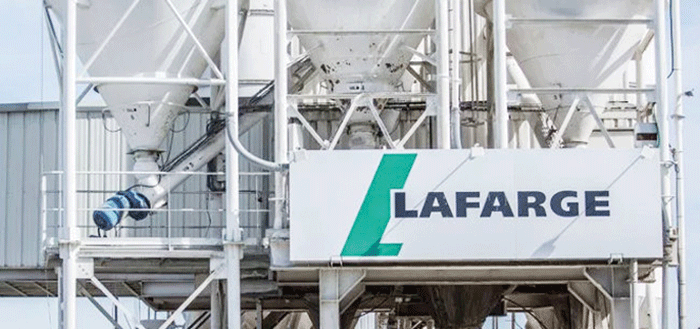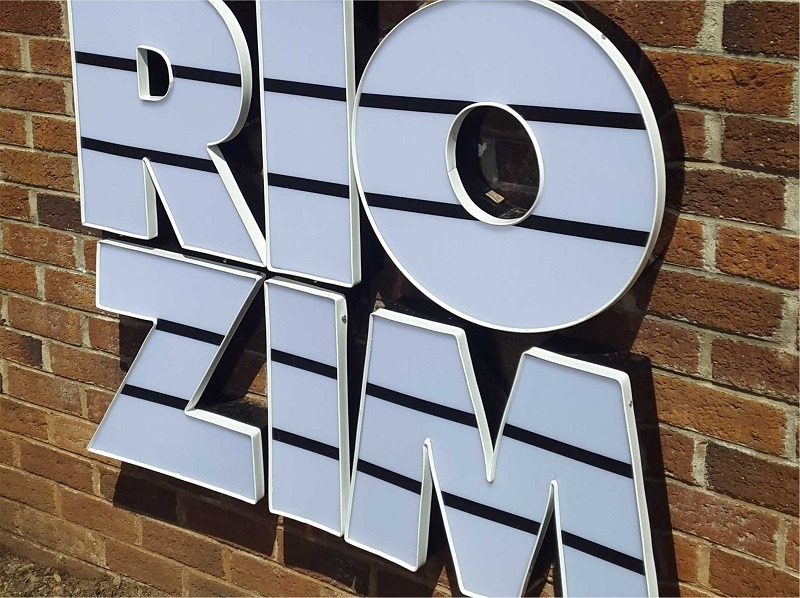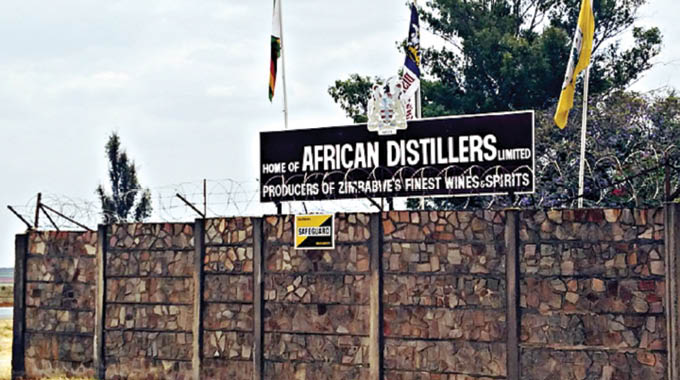THE future has arrived, and it looks nothing like what anyone expected. In the midst of a debilitating economic crisis, Zimbabwean urban centres are plagued by pollution, poverty and crumbling infrastructure.
Each year, schools, universities and colleges churn out thousands of job-seeking young men and women.
But there is one revolutionary idea, all-encompassing, which could tackle all the current social problems — an entirely new experimental city, built with the latest technology and entirely free of pollution.
The idea is being spearheaded by the state working with the Chinese government and its private sector who are pouring millions of dollars towards the construction of the new parliament building in Mt Hampden on the outskirts of Harare.
The building is expected to herald a massive construction project for a completely new densified capital, which will serve at least 1,2 million residents.
President Emmerson Mnangagwa officiated at the project's groundbreaking ceremony seven days ago, although works have already begun on site.
Unlike other projects, which have left the country saddled with debts to Beijing, the construction of the new parliament building — located on a hilltop to give a panoramic view of the surroundings — is being done courtesy of a US$677 million grant from China Aid, a Chinese government-owned global development aid agency.
Chinese construction giant Shanghai Construction Group (SCG) is the contractor after it won the bidding process, which was done in the Asian country exclusively for Chinese firms.
Local Government minister July Moyo this week described the project as "the second largest such project in Africa after the African Union (AU) headquarters" which China built in Addis Ababa, Ethiopia, for free. The mammoth building was handed over in 2013.
An estimated US$90 million will be used for constructing the main building, while the remainder is earmarked for off-site infrastructure such as residential areas, a shopping centre and a parliamentary village for legislators. The village is meant to do away with the idea of booking MPs in expensive hotels during parliamentary sittings as is the case currently.
It is derived mainly from Malaysia, where Chinese money was also used to construct the same, and South Africa.
The building — an expansive superstructure with glamourous marble finishes, according to the proposed layout—will house up to 650 legislators in its main chambers. Zimbabwe currently has a total of 350 MPs, comprising of 270 who are usually crammed into a tiny Westminster-style lower chamber designed to accomodate about 120 MPs and 80 senators.
The new place will have extra facilities for conferencing and will have 12 committee rooms. The temptation would be to think that this grandiose structure will be a massive lone building surrounded by expansive farmlands stretching into the distance but, according to plans, it is set to be the first of massive construction projects culminating into a wholly new, smart mega city which will be financed by the Zimbabwean government, private local and international investors, according to Moyo.
The new city, to sit on six hectares of land, will come at an estimated cost of US$10 billion.
"Government will first start by opening up roads and making subdivisions to allow us to ascertain the full value of the land before those interested are invited to take up space. I can assure you that this is going to attract huge interest," Moyo said.
Asked when the construction of the new city will start, Moyo said: "We are currently undertaking feasibility studies and we hope that once the new parliament building is finished, we will start the actual works on the city. Very soon, we will be going on a full marketing campaign to promote the city."
Government has since hired a German-trained local high-rise construction expert, Hilary Mukaratirwa, to lead the design process.
"We are not going to have 200-square-metre plots in the new city. Land is a finite resource and so we will be establishing a modern compact city. Once we finish drafting the masterplan, the government of Zimbabwe will put in money to do roads and add value to it before the pieces of land can be auctioned. It will be open to all local and international investors," Mukaratirwa said.
This sounds like a simple task. But it is far from being that simple.
For instance, there are no ready water bodies to supply enough water to the city and government is banking on the completion of the Kunzvi and Musami dams which were first planned in the 1950s and are yet to be built. The two dams will cost over US$1,5 billion.
The alternative is to rely on small privately owned weirs which do not have capacity to supply the city with water.
Government has also outlined an ambitious programme to modernise the country's major cities, including Mutare, Bulawayo, Gweru and Masvingo to make them smarter and inclusive.
In all these lofty ambitious, the Chinese factor cannot be ignored. In the new Harare project, for instance, it is clear they will leave a lasting impression in the country, as they did when they constructed the National Sports Stadium.
And for a country, which seeks to promote its political and economic influence across the developing world, it is understandable that China would finance a project of this magnitude.
It is thus clear that the hand of the Chinese in the construction of a new-look Harare is likely to be more visible than that of any other nationality.
No doubt, China is using the new parliament building to underline its capability and willingness to partner Zimbabwe in this new, refreshing endeavour.
- the independent
 Concern over Masvingo black market
Concern over Masvingo black market  Kenya declares three days of mourning for Mugabe
Kenya declares three days of mourning for Mugabe  UK's Boris Johnson quits over Brexit stretegy
UK's Boris Johnson quits over Brexit stretegy  SecZim licences VFEX
SecZim licences VFEX  Zimbabwe abandons debt relief initiative
Zimbabwe abandons debt relief initiative  European Investment Bank warms up to Zimbabwe
European Investment Bank warms up to Zimbabwe  Young Investment Professional (YIP) Graduate Programme 2019
Young Investment Professional (YIP) Graduate Programme 2019 










 Young Investment Professional (YIP) Graduate Programme 2019
Young Investment Professional (YIP) Graduate Programme 2019
Editor's Pick